It’s an incongruous name for a wilderness, “the Karoo.” The nursery-like sound belies the harshness of a vast, arid hinterland separating South Africa’s littoral from its grassland interior. For South Africans, the name is synonymous with bone-dry air, scented heathers, great rock formations, vast skies and even vaster sunsets. The scrubland here is so inhospitable that for centuries it insulated the southern tip of Africa from the rest of the continent. A single people — the Khoi bushmen — were adapted to its desicated conditions: Karoo is their word for “waterless land” that has come down to us as its modern name.
In the nineteenth century, the pressures of the outside world began to weigh on this hardy time capsule. The original Dutch settlers of the Cape of Good Hope — who famously balked at the sight of another man’s campfire smoke on the horizon — started trekking inland to escape their new English overlords.
To their aid came the new wind-operated water pump, which let sheep farms spring up above the long-hidden aquifers. Farms meant fences, the nemesis of any wilderness. These enclosures put a stop to the great springbok migrations, during which tens of thousands of buck would march placidly south in tightly packed herds. The largest recorded took three days to pass.
But the spear that finally pierced the heart of the Karoo was a railway — which came in service of the British. In 1892, her pellucid skies were blotted by the first steam engine moving along Cecil Rhodes’s line from the Cape to the diamond mines at Kimberley. With rail came speculators. In proper Wild West fashion, the Scotsman James Logan single-handedly developed a village to serve the new line. His creation, Matjiesfontein, is preserved as a living museum. Its apothecary, bank, pub and grand hotel are served by one London bus plowing a one-minute route along the high street. The pub is a proper saloon bar, bearing the imprimatur of dreams lost and money won. But a more intractable form of competition soon shattered this frontier optimism. With the outbreak of the Second Boer War in 1899, 10,000 British soldiers were camped outside Matjiesfontein — with 20,000 horses — all supervised from the Lord Milner Hotel. From this sea of redcoats, Thomas Hardy plucked his character Drummer Hodge, who “never knew/ Fresh from his Wessex home/ The meaning of the great Karoo.”
Hardy was right in one sense: that “The Karoo” has no strict geographical meaning at all. It is closer to a state of mind or — as is said of the Cossacks, another frontier people — a way of life. At its heart lies the Great Karoo of our imaginations, running from the edge of the Great Escarpment southward into the rain shadow of the Swartberg mountains.
The far side of this range is protected from the northern sun and gives on to a separate ecosystem: the so-called “Little Karoo.” Watered by the fringes of the Cape’s maritime climate, it is fertile enough for vineyards. The town of Oudtshoorn is dominated by the mansions of the ostrich barons who oversaw its vertiginous rise to wealth from the global fashion for their feathers. The local internet cafe is called the Cyber Ostrich.
On the other side of the Great Karoo the land rises towards the town of Sutherland. A Scottish name is apt for the highest town in South Africa and the fifty miles of rolling, russet-colored bracken that surround it. The homesteads here are spaced far apart, wrapped in the safety of the wilderness. Come night, the temperatures drop to the lowest in the country — and the largest telescope in the south keeps watch on the hemisphere’s darkest skies.
Nestling in a further rain shadow lies the driest karoo of them all: the Tankwa Karoo, a spectacular three-pronged rift valley, along the center of which lies a narrow green gorge where game gathers under the gloaming sky. The dirt roads bisecting this national park are public: anyone can drive in to be swallowed by the dusk.
With such a multiplicity of place and meaning, we are grateful for the odd fixed landmark. One such is South Africa’s main trunk road — the N1 — which shadows the route of Rhodes’s railway line diagonally across the Great Karoo. There is something science-fictive about the sight of a line of trucks lumbering through this otherworldly landscape on an unfenced, undivided highway. Each town and village along the road has its name inscribed in white stones on the nearest hillside — not as a novelty, you eventually realize, but as a sign to travelers of old that rest is not far off.
These settlements have all acquired a character of their own. In Laingsburg, you might be accosted by a toothless five-foot beggar in a high-visibility vest keen to share his insights into the relationship between Christ and St. Peter. Down the road in Touws River, the old diaspora Islam of the Cape is comfortably installed, the convenience stores bearing Arabic titles from the far end of the continent.
Having seen so much yet changed so little, the Karoo feels like a land of ghosts. From the Khoisan to springbok herds to British soldiers, many have passed without leaving a mark. We are fortunate that one of these ghosts chose to write. Olive Schreiner’s childhood was so hard that not only her first name but also both her middle names were taken from deceased siblings.
In 1883, she published The Story of an African Farm, drawing on her existence as a governess in the Karoo. Its fragmented narrative rips the miasma of Victorian morality away from the truths of frontier life. Looking up from its pages to the landscape which drove her characters to the edge of life, it is hard not to feel that the Karoo is waiting for us all to leave.
This article was originally published in The Spectator’s April 2025 World edition.



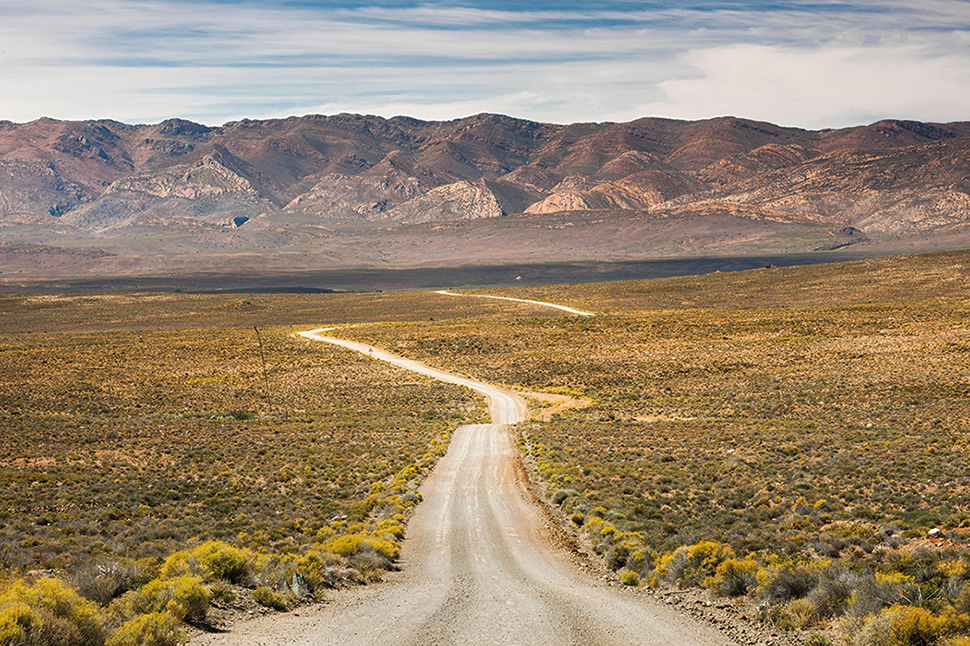







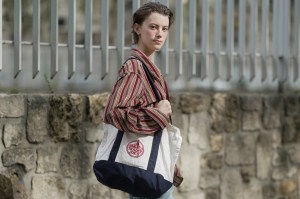
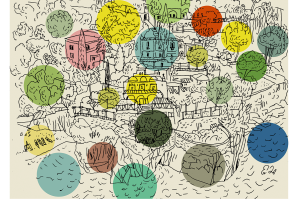
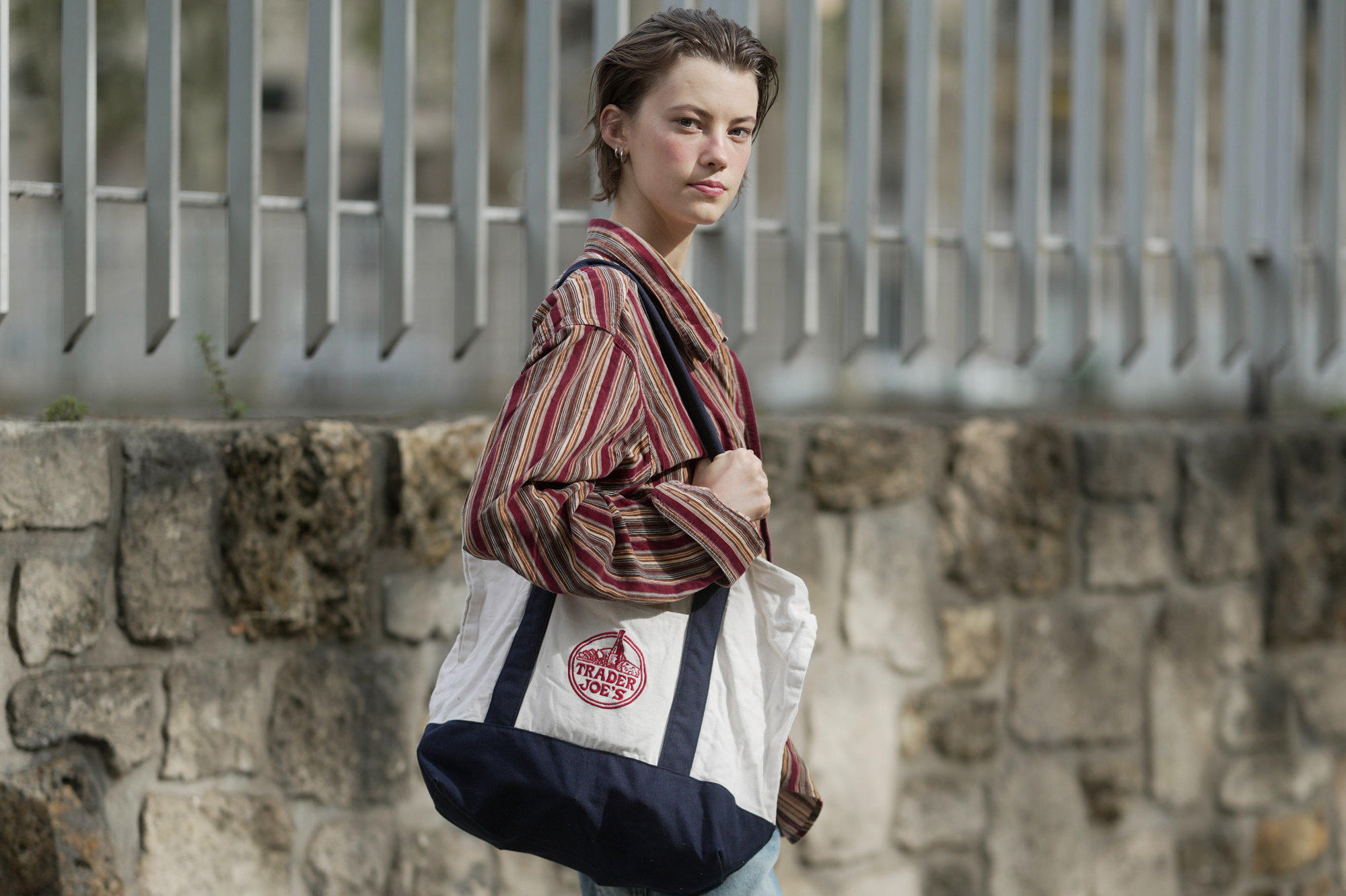

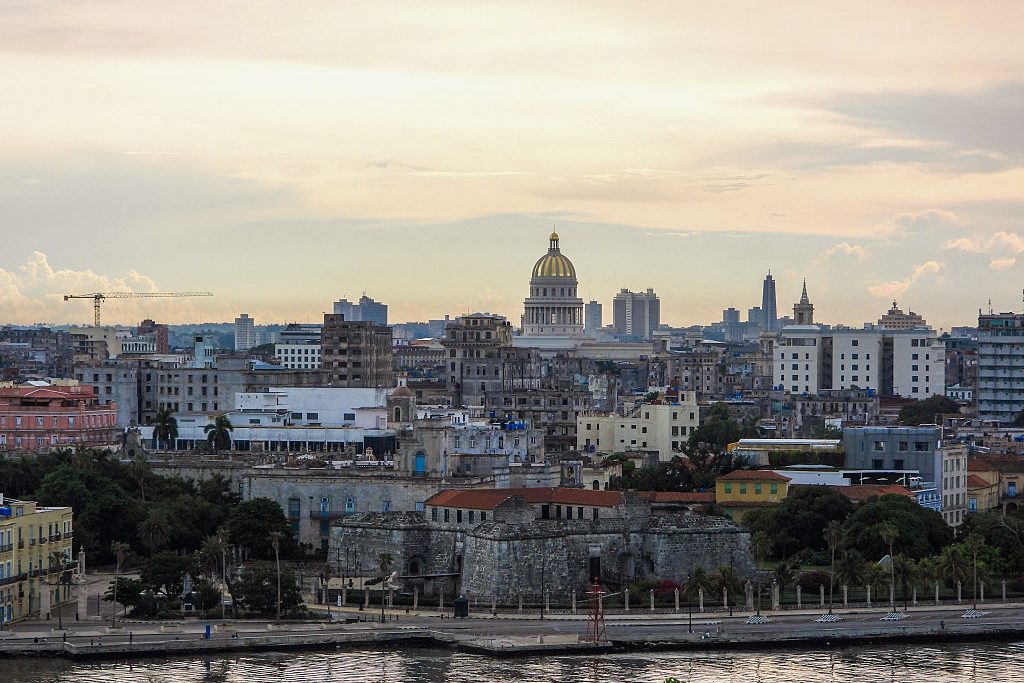

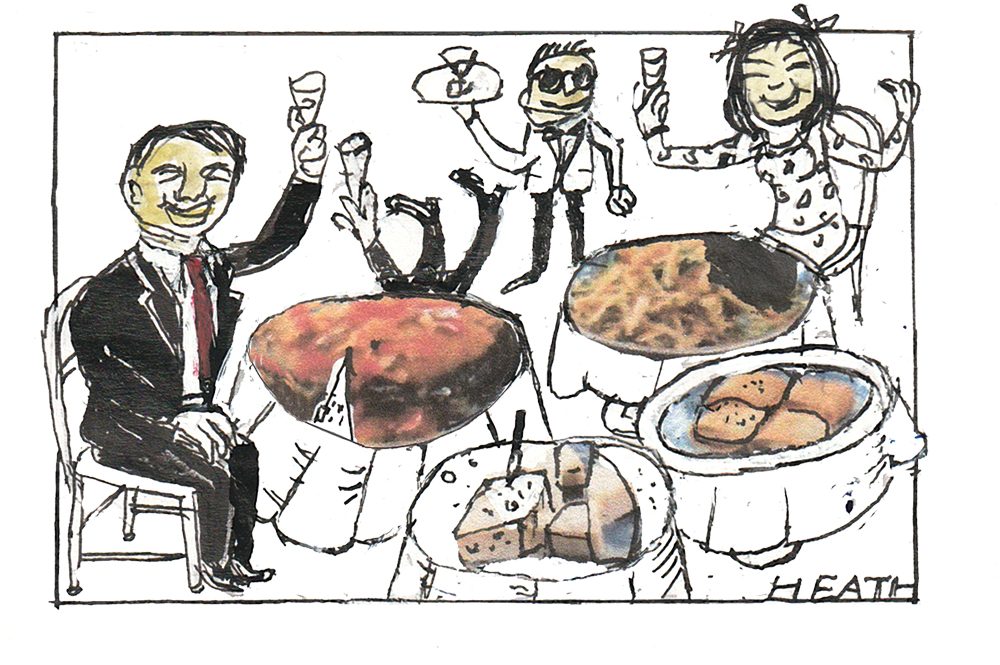
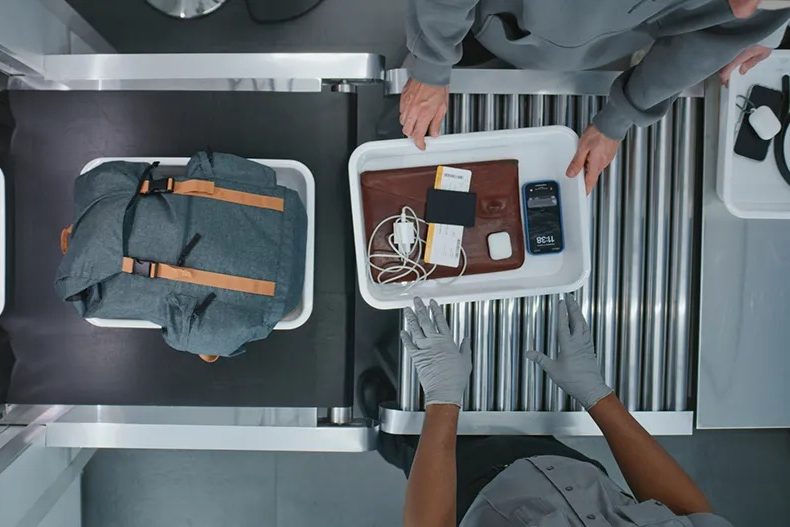




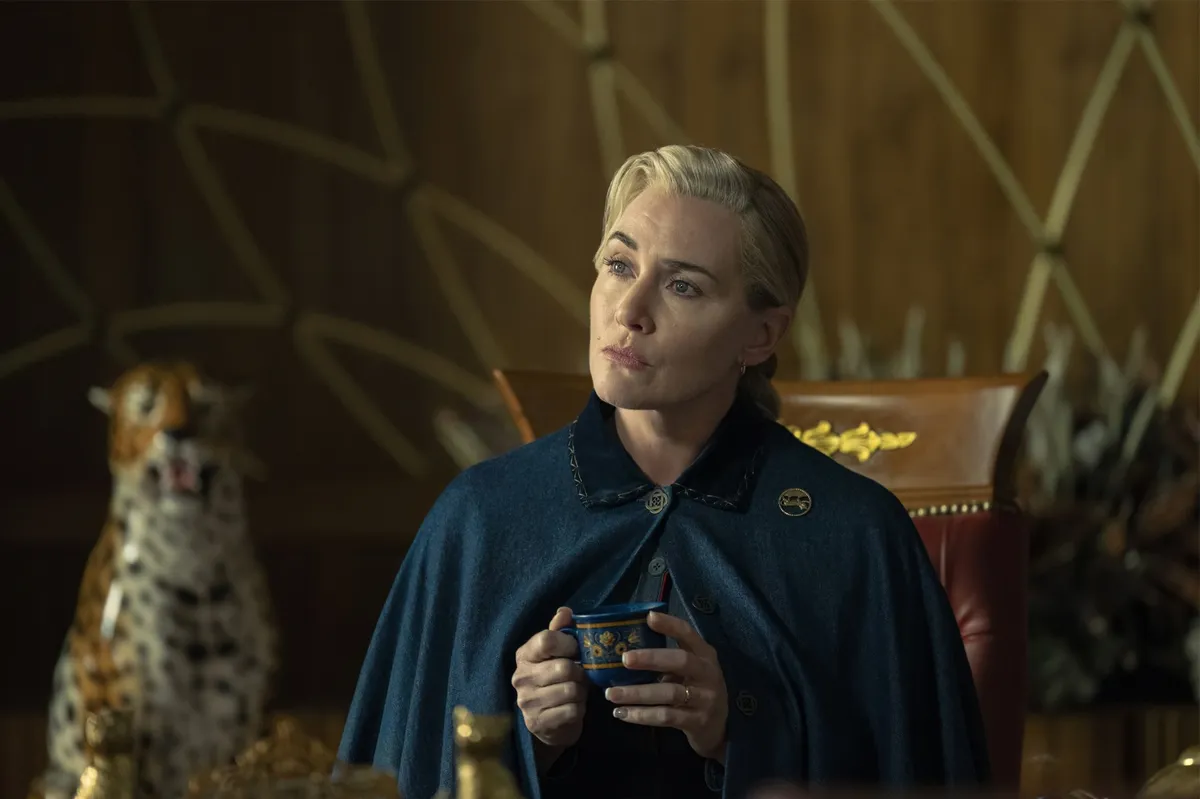


Leave a Reply